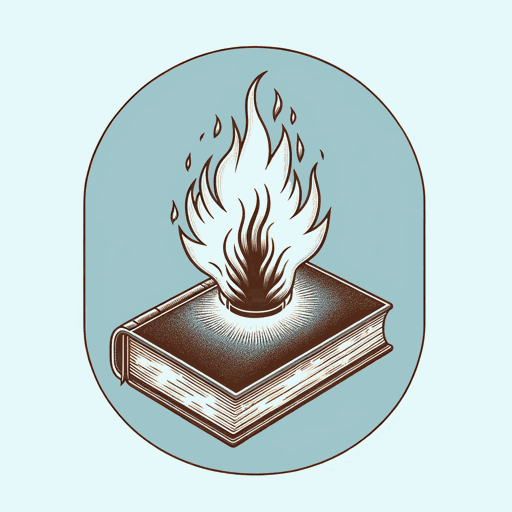43 pages • 1 hour read
Ray BradburyA Sound Of Thunder
Fiction | Short Story | Adult | Published in 1952A modern alternative to SparkNotes and CliffsNotes, SuperSummary offers high-quality Study Guides with detailed chapter summaries and analysis of major themes, characters, and more. For select classroom titles, we also provide Teaching Guides with discussion and quiz questions to prompt student engagement.
Literary Devices
Figurative Language
Figurative language encompasses a range of techniques like metaphor, simile, and personification, all of which incorporate non-literal elements that give the reader new insights or understanding. Bradbury’s frequent use of figurative language adds to the vivid descriptions of the scene, particularly notable in the passages in which the characters are in the past. He uses metaphor and personification to enrich the scenes, help readers imagine themselves in the strange landscape of the past and to imbue animals, objects, and the jungle itself with a sense of aliveness to convey the menace and wonder of the setting.
On several occasions, Bradbury uses metaphor and personification to compare nature and technology. He toys with, and at times blurs, this distinction as he writes of the time machine “howling” and each of the Tyrannosaurus’s legs as a “piston,” attributing living qualities to the non-living machine and vice versa. When the Tyrannosaurus dies, Bradbury describes its body shutting down as a “a steam shovel at quitting time” (116) and refers to its delicate “watchmaker’s arms” (112).
Bradbury maintains the metaphor of time as fire throughout the story, describing it initially as “a bonfire burning all of time” (103).
Related Titles
By Ray Bradbury

A Graveyard for Lunatics
Ray Bradbury

All Summer In A Day
Ray Bradbury

Dandelion Wine
Ray Bradbury

Dark They Were, and Golden Eyed
Ray Bradbury

Death is a Lonely Business
Ray Bradbury

Fahrenheit 451
Ray Bradbury

Marionettes, Inc.
Ray Bradbury

Selected from Dark They Were, and Golden-Eyed
Ray Bradbury

Something Wicked This Way Comes
Ray Bradbury

The Illustrated Man
Ray Bradbury

The Martian Chronicles
Ray Bradbury

The Other Foot
Ray Bradbury

The Pedestrian: A Fantasy in One Act
Ray Bradbury

There Will Come Soft Rains
Ray Bradbury

The Toynbee Convector
Ray Bradbury

The Veldt
Ray Bradbury

Zero Hour
Ray Bradbury

